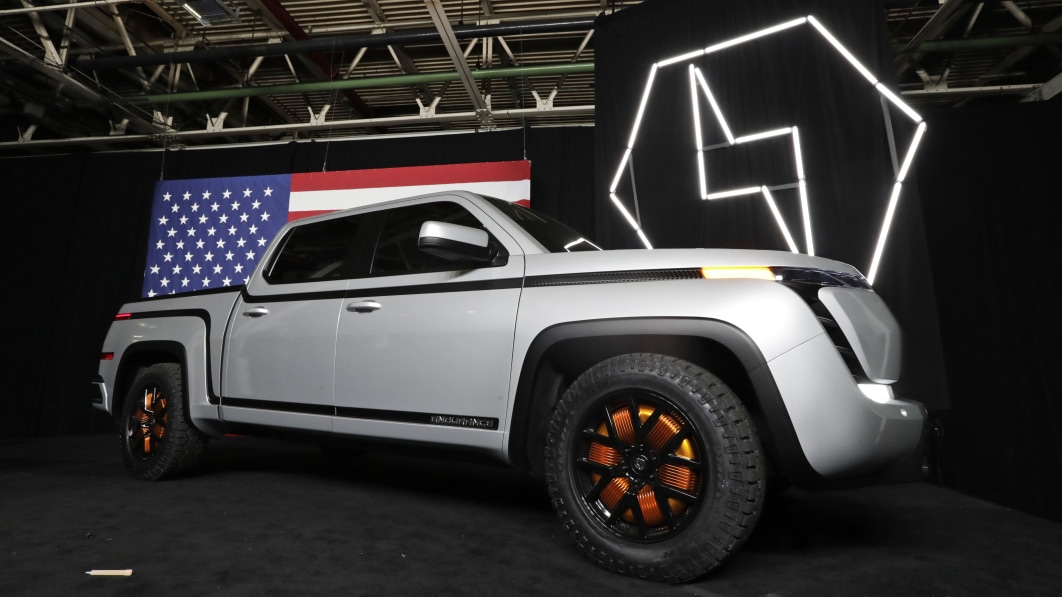Tesla's revamped China-made Model 3 will use CATL's new M3P lithium iron phosphate battery, with the base model battery pack capacity upgraded from 60 kWh to 66 kWh, according to 36kr.

(Image credit: CnEVPost)
Tesla's revamped China-made Model 3 will have upgraded battery packs, and the rear-wheel drive base model will use CATL's new M3P lithium iron phosphate battery, with capacity upgraded from 60 kWh to 66kWh, local media 36kr reported today.
Tesla has a practice of upgrading its batteries with every facelift, previously, the standard range version of the China-made Model 3 has been upgraded from 55 kWh to 60 kWh, the report noted.
The 66-kWh pack is not only available for the upgraded Model 3, but can also be used in future revisions of the Model Y, the report said, citing sources.
The range of the China-made Model 3 rear-drive version is currently 556 kilometers. The range of the facelifted Model 3 is expected to increase after receiving a 6-kWh boost in battery capacity, the report said.
The revamped Model 3, with the project code name Highland, is expected to launch in the third quarter, the report said, citing industry chain sources.
Tesla has a factory in Shanghai that produces the Model 3 and Model Y, with an annual capacity of about 1.1 million vehicles, making it the largest Tesla factory in the world.
On March 1, Reuters reported that Tesla was working to retool its Shanghai plant for a Model 3 facelift, a project codenamed Highland by Tesla.
The Highland version of the Model 3 is expected to go into production in Shanghai in September, the Reuters report said, citing a person familiar with the matter.
With Highland, Tesla aims to cut production costs and boost the appeal of the electric sedan, which debuted in 2017, people involved in the project said.
In addition to the Highland version of the Model 3, the Reuters report also mentioned that Tesla was preparing to make production changes to the Model Y.
The changes to the Model Y -- which Tesla has codenamed Project Juniper -- involve the exterior and interior of the SUV, with the goal of starting production in 2024, according to Reuters.
On May 16, Bloomberg reported that Tesla was nearing the final stages before starting trial production of its revamped Model 3 sedan in Shanghai.
The revamped Model 3 is slightly longer, sportier and has a sleeker interior design than earlier versions, according to the report.
On the battery front, it's worth noting that there were rumors last August that CATL would supply M3P batteries to Tesla.
CATL will begin supplying M3P batteries to Tesla in the fourth quarter, and will put them in Model Y using 72 kWh packs, local media outlet LatePost reported on August 3, 2022.
The lithium manganese iron phosphate (LMFP) material used in CATL's M3P battery will be supplied by Shenzhen Dynanonic Co, which had plans to put 110,000 tons of LMFP material into production in the second half of 2022, according to the report.
Tesla was also developing LMFP batteries, but with a long development cycle, it will first source such batteries from suppliers, the report said.
LMFP batteries are an improvement on lithium iron phosphate (LFP) batteries.
Batteries are usually named after the cathode materials they use. LMFP cathode materials can be made by adding manganese to the LFP cathode materials currently used to make LMFP batteries.
The LMFP route can be divided into two types, using 100 percent LMFP material as the cathode or doping the LMFP material with other materials such as aluminum or magnesium to make the cathode.
CATL's M3P batteries' cathode materials are doped with lithium ternary materials and LMFP materials, a solution that solves the problem of short cycle life and high internal resistance of LMFP batteries, as noted in the LatePost report.
On August 18, 2022, Sina Tech cited two people familiar with the matter as saying that Tesla would soon launch a new China-made Model 3, with the biggest highlight being that the entire lineup will use M3P batteries supplied by CATL, with a range improvement of at least 10 percent.
With the new battery pack, the two versions of the China-made Model 3 are expected to have a range of more than 600 km and 700 km, up from the previous 556 km to 675 km, the report said.
Tesla starts offering insurance subsidies for car purchases in China again
The post Tesla to equip revamped Model 3 in China with CATL's new battery, report says appeared first on CnEVPost.
For more articles, please visit CnEVPost.


 General Motors on Wednesday detailed its first bidirectional vehicle-to-home (V2H) charging hardware, allowing EVs to serve as a home backup power source. The Ultium Home V2H Bundle includes an AC home charger, dubbed the PowerShfit Charger, that allows vehicles to discharge power from their battery packs, along with an Enablement Kit that adds an...
General Motors on Wednesday detailed its first bidirectional vehicle-to-home (V2H) charging hardware, allowing EVs to serve as a home backup power source. The Ultium Home V2H Bundle includes an AC home charger, dubbed the PowerShfit Charger, that allows vehicles to discharge power from their battery packs, along with an Enablement Kit that adds an... 






